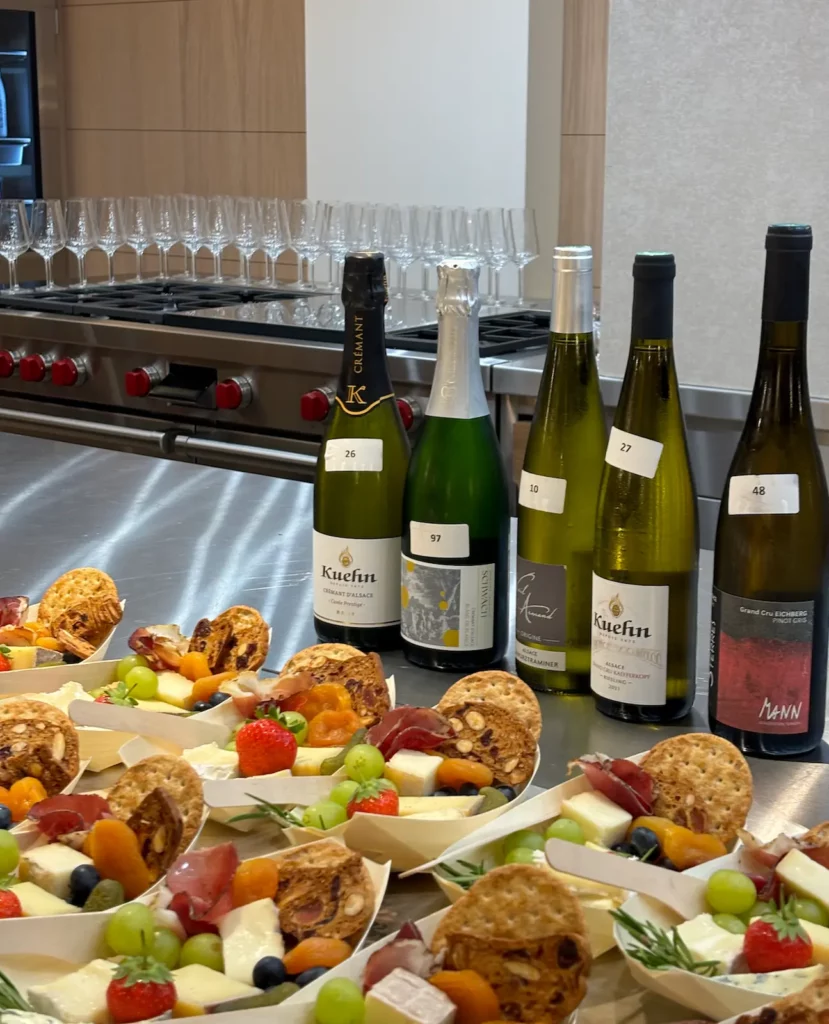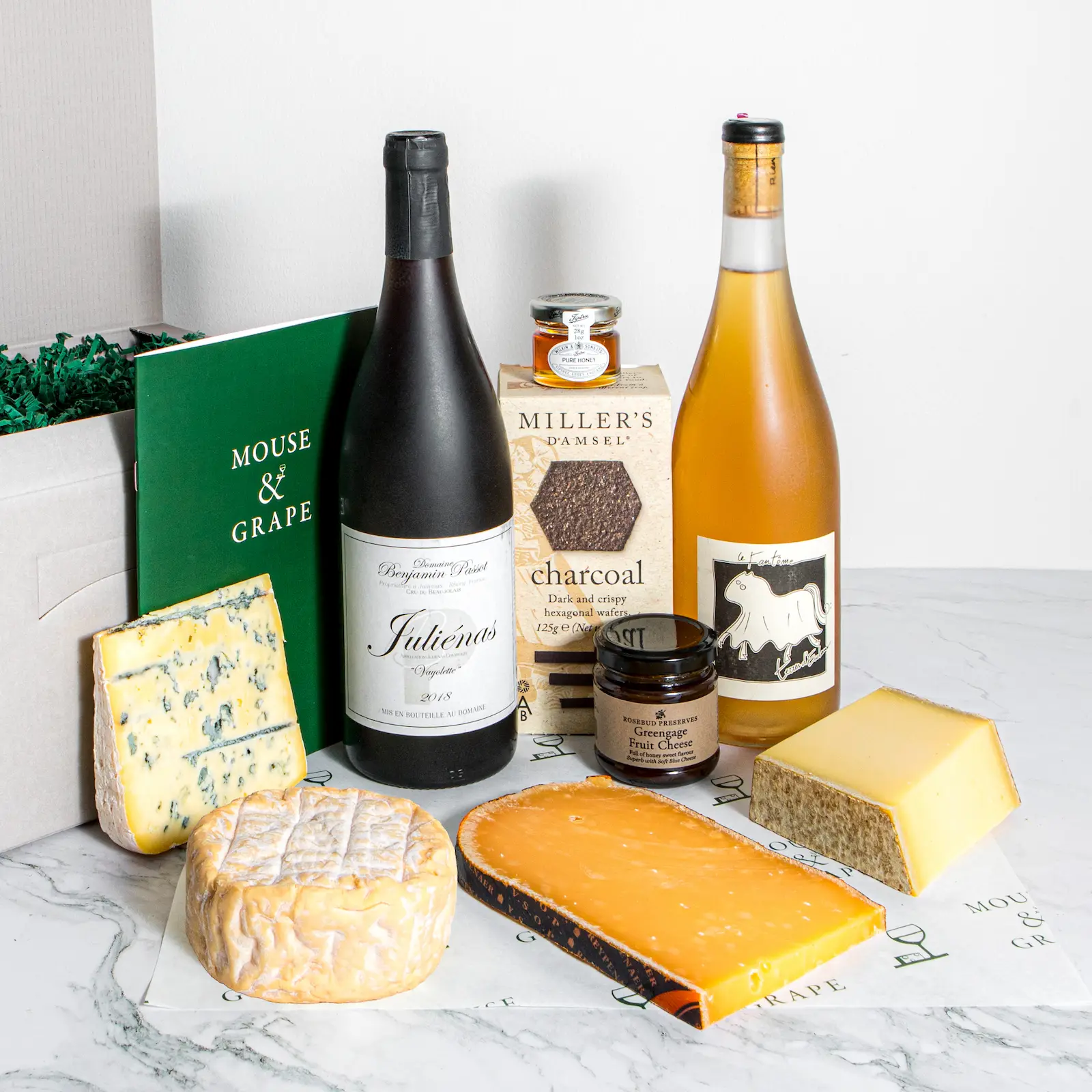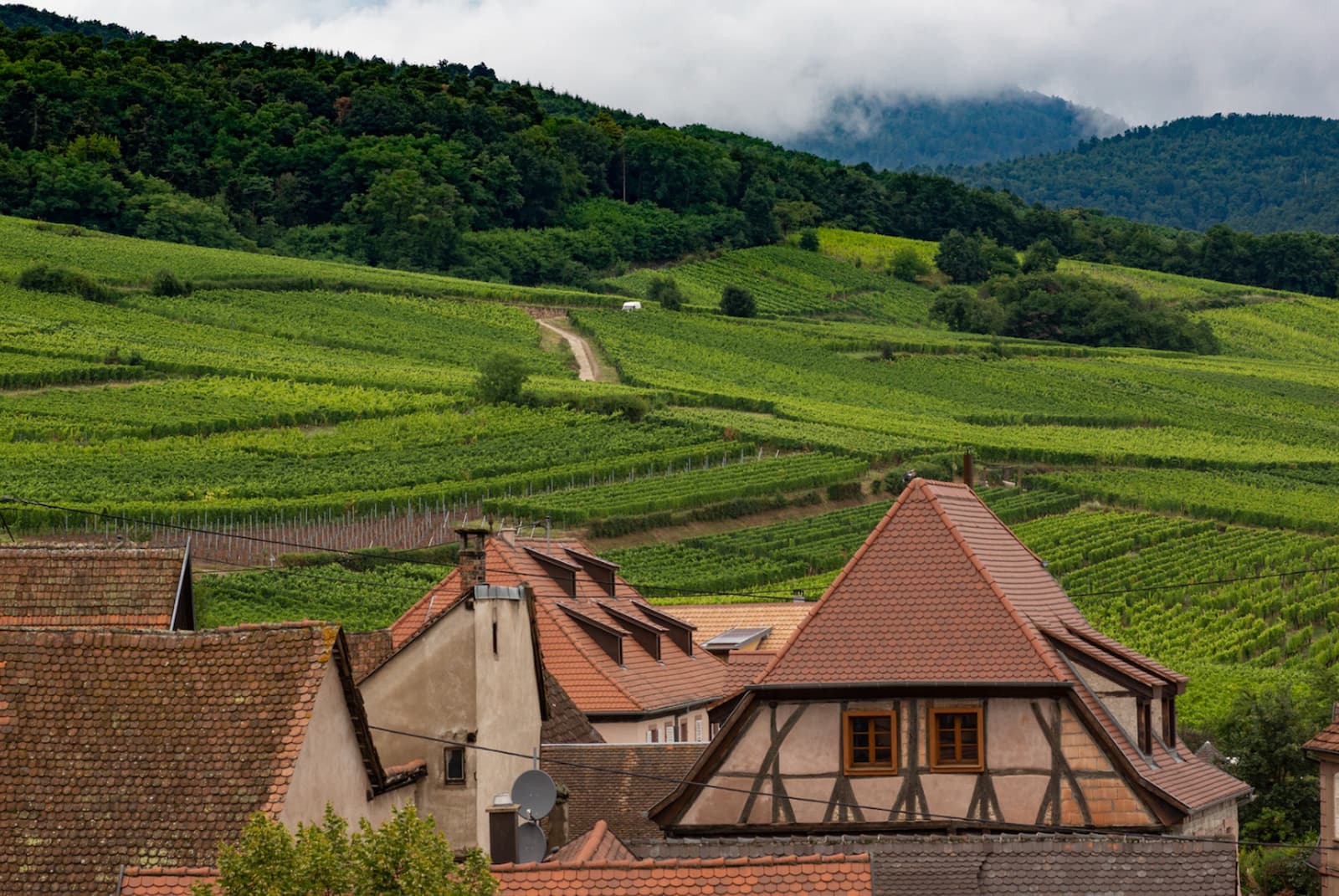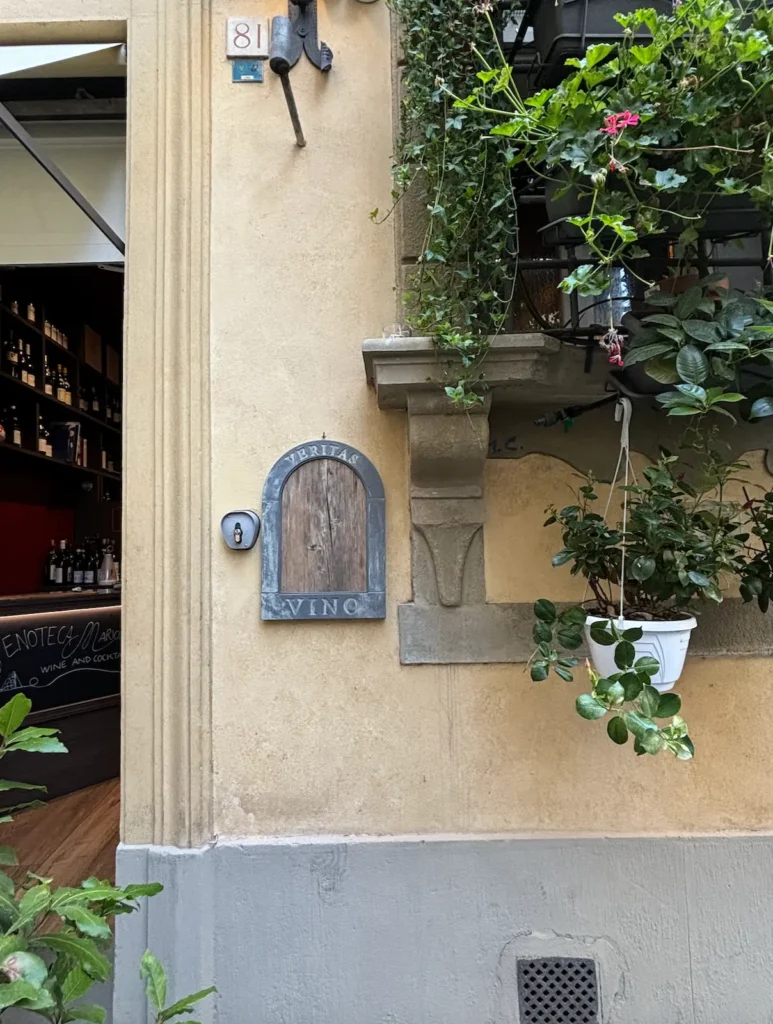On June 13th, partnered with The Women’s Chapter, Jessica hosted a stunning event at Sub-Zero Kitchen in Kensington, featuring Vins d’Alsace. The assortment included Alsace AOP wines, Crémants, and Grand Crus.
Alsace and Its Grapes
Alsace is positioned in Northeast France, at the border of Germany and Switzerland, in the plains of the Rhine River Valley. It is believed wine came to the region by the Romans in 58 BC. Over thousands of years of history, the region has been subject to Roman, Germanic, and French influences.
The region today is known for primarily white wines, as there are six white wine grapes permitted in the Alsace AOP, Sylvaner, Pinot Blanc, Riesling, Pinot Gris, Gewürztraminer, and Muscat; and only one red grape, Pinot Noir. However, the white wines of the region are known to be beautifully elegant, and incredibly aromatic, with spritzy acidity and balanced mouthfeel.
What Makes Alsace Unique?
Alsace has many features that differentiate it as a wine region, some of the most notable being climate, altitude, and soil.
The vineyards of Alsace have terrific sun exposure, which is key to grape ripening, with minimal rainfall, and strong winds which keep the vineyards dry, reducing risks of rot and moulds. The Vosges Mountains also offer their protection to the vineyards of the region, helping to regulate its continental climate.
The altitudes of Alsace’s hills and vineyards can range from 200 metres to 400 metres. Many of the world’s most renowned wine regions are medium and high-altitude areas, and for good reason. High altitudes tend to have cooler temperatures, especially at night, which helps slow the ripening process while the production of flavour compounds in the grapes continues. Cooler nights coupled with the warm, sunny days of Alsace, help to produce the region’s highly aromatic wines. With this slow pace, the grapes are also allowed the time to produce proportionate sugars and acidity, measured by attentive winemakers who often give each plot of land unique attention, ensuring all grapes are harvested at appropriate times.
Finally, the region is home to a number of soils and micro-soils which create highly fertile conditions for grape growing. There are over a dozen major soil compositions, each of which lends different characteristics to the final grapes. The compositions in Alsace commonly contain granite, limestone, chalk, and as well as sandstone, loess (which is an accumulation of clay and silt), and some volcanic sedimentary soils depending on the region. The soil’s composition and minerals present influence fertility and water retention, ultimately being a key contributing factor to the grape growing process and the final wine.
Pairing Alsace Wines
There are countless possible pairings with Alsace wines. To start, consider dense creamy cheeses, like Brie and Camembert that pair nicely with the crisp acidity of Alsace white and sparkling wines, balancing out the richness. Goat cheeses, Taleggio, and Feta all offer tangy flavours which can pair well with fruity or floral aromas of Alsace Riesling, Pinot Gris, and Muscat.
The minerality of Alsace wines, notably Riesling, pairs nicely with a range of seafood dishes, emphasizing fruity and salty notes. Crisp white wines are a popular pairing with spicy foods, notably Asian cuisines. These crisp whites are also good complements for rich cream-based dishes or smoky flavours, notably Pinot Gris which can be more structured with a fuller body. Dry, aromatic wines, such as Muscat, also pair well with fresh salads or light desserts and pastries.
Ultimately, when deciding on these pairings, consider the characteristics of both your dishes and your wine. Feel free to experiment to find which pairings you like best.
The wines of Alsace are worth the attention, and they’re some of my personal favourites for their balance and captivating aromas. Alsace wines are bottled in tall, slender bottles, which are also associated with German Rieslings, so keep an eye out next time you are shopping for wine!
Happy Sipping!
Arni

Featured Wines from the Evening:
Maison Kuehn, Crémant d’Alsace, Pinot Blanc “Prestige”
Maison Kuehn, Alsace Grand Cru Kaefferkopf, Riesling (2021)
- Notes of orange marmalade, petrol, citrus, some white flowers, light minerality, lees ageing which gives a pleasantly smooth mouthfeel
Domaine Schwach, Crémant d’Alsace, 90 % Pinot (Blanc, Auxerrois, Gris) + 10 % Chardonnay, Bulles de Fete
- Strawberries, shortbread, orange flowers, fine bubbles that melt in the mouth, a bit of umami salinity reminiscent of seaweed
Domaine Mann, Vignoble des 3 Terres, Alsace Granc Cru Eichberg, Pinot Gris (2019)
- Yellow flowers, creamy mouthfeel from oak time, bruised apple, saline mineral finish, fruity up front, very bright with present but balanced acidity
Cave du Vieil Armand, Alsace, Gewurztraminer (2021)
- Exotic fruits, lychee, passion fruit, rose, white pepper, round palate with a smooth finish; tastes as interesting as it is aromatic





